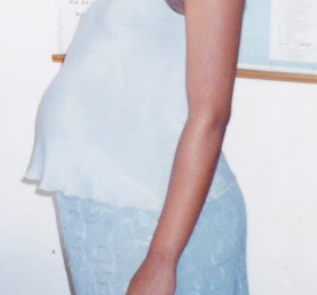There are many types of hernias that can occur in babies. Umbilical hernias, locally called ‘guvhudende‘, are one example. Umbilical hernias occur when part of the baby’s intestines bulge through an opening around the bellybutton (navel). These hernias are usually painless. They may be especially evident when the baby cries, coughs, or strains to pass stool or urine.
Children’s umbilical hernias often close on their own by two years of life. Our policy is to wait between 18 and 36 months of life before considering surgery unless there are complications. The operation for umbilical hernia is commonly as a day-case, meaning you will be discharged from hospital same day!
If you suspect your child has an umbilical hernia, see your baby’s doctor. Seek emergency care for your child with an umbilical hernia if they appear to be in pain, begin to vomit, have tenderness, swelling or discolouration at the site of the hernia. Prompt diagnosis and treatment by a paediatric surgeon can help prevent complications.
Whats your say on these types of hernias? Have you had to deal with ‘guvhudende’? What are your cultural experiences with umbilical hernias? The comments section is all yours!
(For other topics on children’s surgery, head on to our Facebook page and discover more!)



